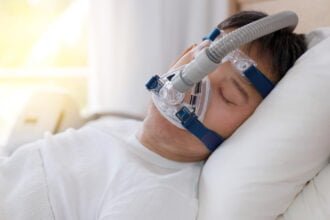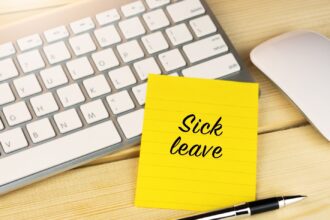Workplace injuries are sadly very common. The National Safety Council estimates that 4.53 million workplace injuries occur every year.
Creating a safe working environment does not only satisfy legal requirements; it is a moral responsibility, which has a strong influence on the welfare of employees and ultimately the success of a company. In today’s dynamic workplaces safety and well-being of employees are of the utmost concern. Work-related accidents affect not only the individuals involved but also the morale of the workers and productivity. Employers have to provide a safe working environment and establish measures to avoid accidents. This article will help you find more info on different approaches to risk prevention in workplaces.
Identifying Workplace Hazards
Identification of potential hazards is one of the earliest measures used to prevent workplace injuries. These hazards are of physical, environmental or chemical origin. Physical hazards consist of floors with a possibility of being slippery, surfaces that can be uneven and machines that lack guards for safety purposes. Environmental hazards might be low light, high temperature or loud noise. Chemical hazards can be a result of coming into contact with harmful substances like cleaning agents or fumes from industrial processes.
Employers can properly identify hazards by conducting regular workplace inspections, including employees in the process of hazard identification and reviewing incident reports for patterns or trends.
Mitigating Risks
After hazards have been recognized, it is important to control risks. This can be done through introducing safety procedures and offering personal protective equipment (PPE). Guidelines on safety protocol should be properly communicated to all employees and periodically evaluated to ensure its success. PPE such as helmets, gloves and goggles should be supplied where required and worn as per the directions.
Employers may also think about engineering controls, for instance, installing guards on machinery or setting up ergonomic workstations to minimize injury.
Creating a Safety Culture
Safety culture promotion within the organization is imperative in injury prevention. It includes safety awareness raising, hazard reporting encouragement and safe practice recognition and reward. All the employees should be given safety training, stressing the significance of adhering to safety procedures and correctly utilizing PPE.
Safety culture can be promoted by organizing safety meetings, conducting continual safety training and employee participation in safety decision-making.
Employee Training and Education
Training all workers and making them knowledgeable on safety protocols and practices is key for injury prevention. Training should include discussions on the proper ways of lifting, the right use of equipment and how to recognize and report hazards. Training all around reduces accidents and injuries at the workplace by employees. However, regular refresher courses and updating of training materials will help in reinforcing the safety practices and in ensuring that employees are continuously alert to workplace safety measures.
Ergonomics and Workspace Design
Ergonomics has a lot to do with the prevention of work-related injuries. Creating safe and comfy workspaces lessens the chances of musculoskeletal disorders and other types of injuries. Ensuring ergonomic furniture and equipment which include adjustable chairs and desks will enable staff to maintain a correct posture and avoid stress on their bodies. Providing employees with knowledge of ergonomic conditions, for example, correct lifting techniques and workstation configuration, will also make safety more comprehensive.
Employers can also think of offering employees ergonomic assessments to help identify and deal with potential ergonomic risks.
Emergency Preparedness
Preparation for emergencies is one of the critical elements of maintaining the safety of the personnel. The development of emergency response plans and the implementation of regular drills can assist the employees in knowing what action to take in the event of an emergency. First aid supplies availability and training of employees in the rudiments of first aid can also become lifesaving in cases of emergencies.
The employer must always evaluate and revise their emergency response plans to respond to changes in the workplace or regulations.
It is also important to have the right worker’s compensation insurance to help employees. We talked about this in a previous article.
Monitoring and Evaluation
Safety measures should be monitored and evaluated perpetually to avoid workplace injuries. Regular inspections and audits help to detect potential hazards and make sure that the safety protocols are followed. Incident reports analysis enables one to gain a lot of intelligence about trends and opportunities for improvement. Employers should utilize this information to avoid future injuries by continuing to improve safety measures.
Employers may also think about carrying out safety surveys or forming safety committees that will collect the feedback of the employees about safety conditions.
Encouraging Open Communication
To achieve a safe working environment, employees and management should interact openly. Employees should be at ease to report hazards, near misses and safety issues without fear of punishment. Employers can create open-door policies, safety suggestion boxes or anonymous reporting mechanisms to promote communication. Through feedback from employees, an employer who is in a position to act swiftly can identify safety issues and take appropriate action to avoid injuries. Alternatively, regular safety meetings and discussions also promote open communication and allow the employees to remember about safety.
Overall, workplace injury prevention would need a preventive approach that includes hazard identification, risk control, safety culture promotion and implementation of ergonomics. Employing these measures will enable employers to establish a workplace that is safe for their employees to work in.







